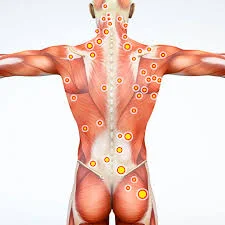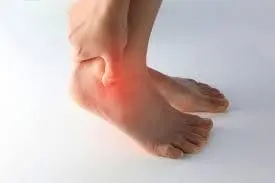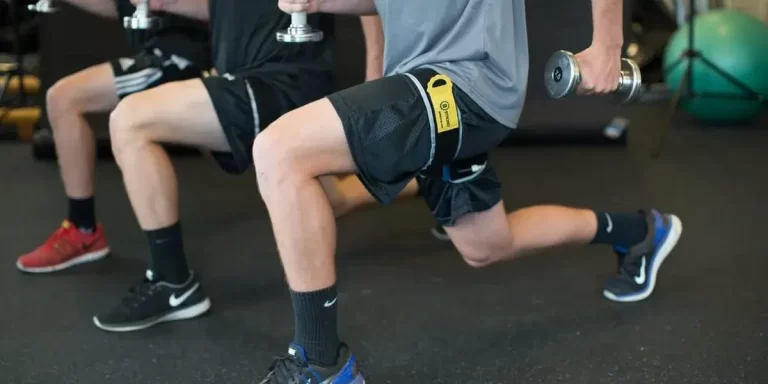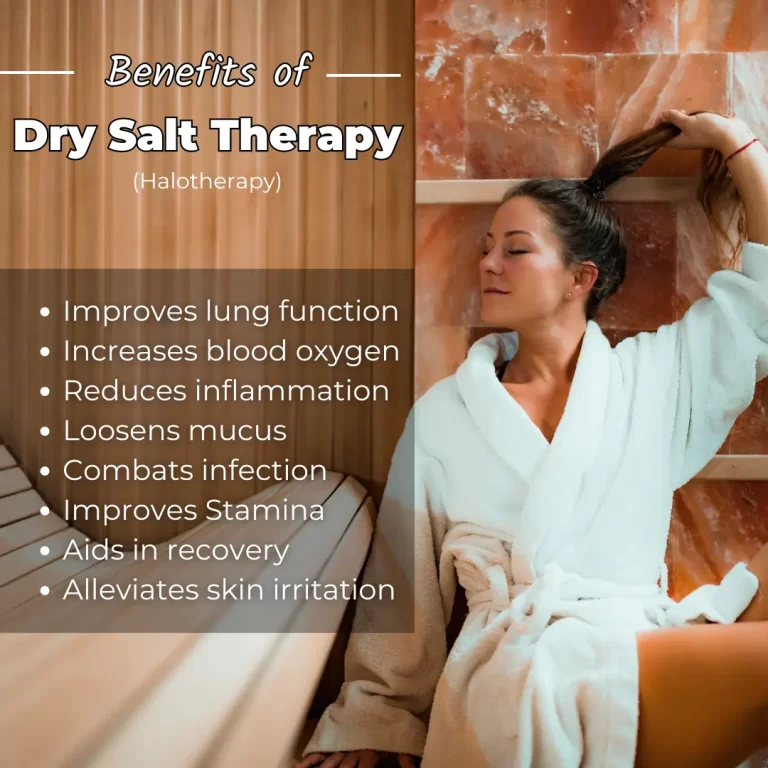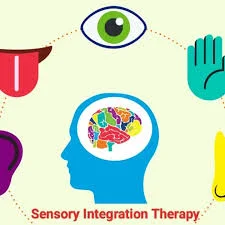Trigger Points Treatment
Trigger point therapy: what is it? Trigger point therapy is a neuromuscular treatment intended to reduce pain, address muscle imbalances, and hasten the healing process following an accident. Your physiotherapist will stretch the muscle and then apply pressure to regions of muscular tension or ‘knots’. This eases stiff muscles and promotes recovery. Causes: The following…

